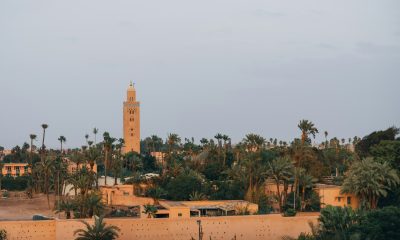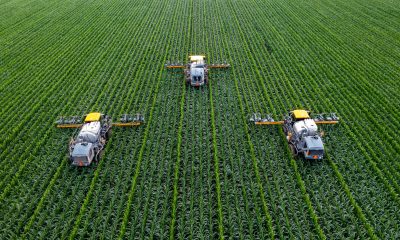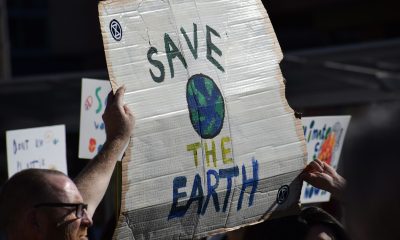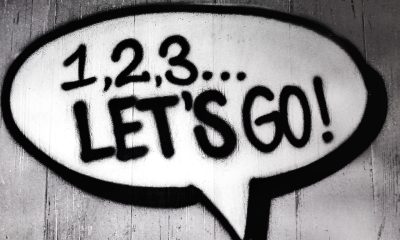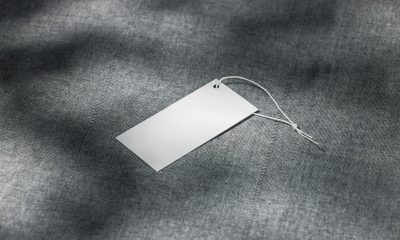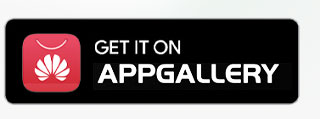Africa
Morocco’s Wheat Dependency Persists Despite Improved Harvest
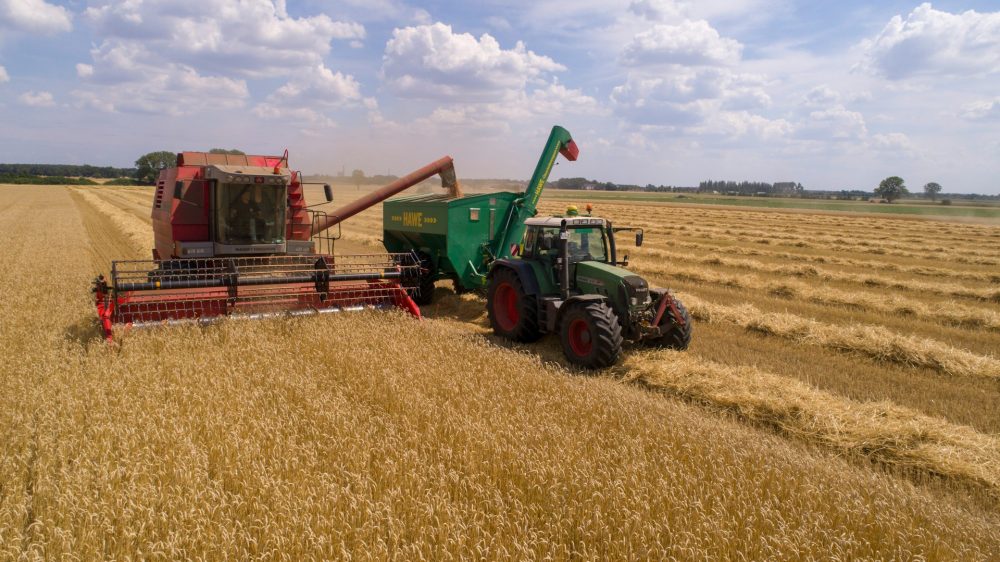
As the beginnings of the grain harvest take shape, uncertainty persists. Despite a slight uptick in rainfall that has given crops renewed hope, updated projections confirm a stubborn reality: Morocco will remain massively dependent on wheat imports in 2025-2026, according to the United States Department of Agriculture (USDA). This observation puts the previously held hopes for food sovereignty into perspective.
Long feared, the prospect of another disastrous cereal season appears to have been partially averted by the late rains of March and April. These precipitations, as welcome as they were unusual, offered a reprieve to crops and corrected, to some extent, the bleak scenario envisaged at the beginning of the year. So much so that some informed observers were suggesting a significant reduction in wheat imports for the 2025-2026 season, fueling hopes of a lasting reduction in external dependence.
However, the latest projections from the U.S. Department of Agriculture (USDA) temper this optimism. While the wheat harvest could reach 3.5 million tons, according to the same source, up from the previous season, it would remain below the ten-year average. And above all, imports, far from collapsing, would remain at historically high levels, around 6.7 million tons. A modest correction, far from the predicted structural turning point.
Behind this slight decline in imported volumes lies the complexity of the Kingdom’s grain strategy, encompassing chronic dependence, ambitions for food sovereignty, and tight budgetary decisions. Even when the rains return, Morocco remains dependent on global markets.
No respite in sight
Yet, even as harvest time has arrived in several cereal-growing regions of Morocco, consolidated data on the national harvest is still awaited. Neither COMADER (Moroccan Confederation of Agriculture and Rural Development), nor the Interprofessional Federation of Cereal and Legume Activities (FIAC), nor even the Ministry of Agriculture have responded to our repeated requests.
Furthermore, despite a slight respite from the climate, Morocco’s dependence on grain imports remains a structural fact. According to the latest FAS-USDA data, Morocco is expected to import 6.7 million tonnes of wheat during the 2025-2026 marketing year, compared to 6.9 million previously estimated and 6.6 million during the current marketing year. This is a minimal decrease, which reflects more of a cyclical variation than a strategic shift.
For the most cautious observers, this modest contraction should not be interpreted as a turning point. “Even with a decent agricultural season, Morocco will continue to import more than half of its wheat needs. This is not an exception; it’s the norm,” says agricultural economist Mohamed Bajeddi.
Indeed, national consumption of soft wheat amounts to nearly 8 million tonnes per year, a large part of which is covered by imports. Between July 2024 and May 2025, the Kingdom imported 4.7 million tonnes, more than half of which came from the European Union. This is followed by Russia (1.08 Mt), Canada (0.83 Mt) and Ukraine (0.23 Mt), confirming the geographical diversification strategy deployed in recent years.
Morocco is diversifying to resist
It should be remembered that the resilience of the supply system now relies on a pragmatic diversification strategy. Faced with the volatility of global prices and market concentration, Morocco is multiplying its sources.
At the same time, the state continues to play a central role through ONICL, the National Interprofessional Office for Cereals and Legumes. The latter oversees calls for tenders, regulates reference prices, and grants subsidies to soft wheat importers in order to preserve consumer purchasing power.
These measures, which are costly for public finances, are regularly adjusted according to international availability and local conditions. The expected decline in imports, however marginal, automatically alleviates the budgetary burden associated with these subsidies. Nevertheless, the country has long-term ambitions.
By 2030, Morocco aims to cover 80% of its cereal needs by mobilizing an additional one million hectares, including 150,000 irrigated ones. This objective is based on advances in yield, agricultural techniques (particularly direct seeding), and streamlining the sector.
Ultimately, in the short term, Morocco cannot do without international markets to secure its supply. Even in the best years, imports represent an essential lever for stabilizing prices and fueling domestic demand. In the medium term, food sovereignty remains a strategic goal rather than a tangible reality.
__
(Featured image by Heiko Janowski via Unsplash)
DISCLAIMER: This article was written by a third party contributor and does not reflect the opinion of Born2Invest, its management, staff or its associates. Please review our disclaimer for more information.
This article may include forward-looking statements. These forward-looking statements generally are identified by the words “believe,” “project,” “estimate,” “become,” “plan,” “will,” and similar expressions. These forward-looking statements involve known and unknown risks as well as uncertainties, including those discussed in the following cautionary statements and elsewhere in this article and on this site. Although the Company may believe that its expectations are based on reasonable assumptions, the actual results that the Company may achieve may differ materially from any forward-looking statements, which reflect the opinions of the management of the Company only as of the date hereof. Additionally, please make sure to read these important disclosures.
First published in LES ECO.ma. A third-party contributor translated and adapted the article from the original. In case of discrepancy, the original will prevail.
Although we made reasonable efforts to provide accurate translations, some parts may be incorrect. Born2Invest assumes no responsibility for errors, omissions or ambiguities in the translations provided on this website. Any person or entity relying on translated content does so at their own risk. Born2Invest is not responsible for losses caused by such reliance on the accuracy or reliability of translated information. If you wish to report an error or inaccuracy in the translation, we encourage you to contact us

-
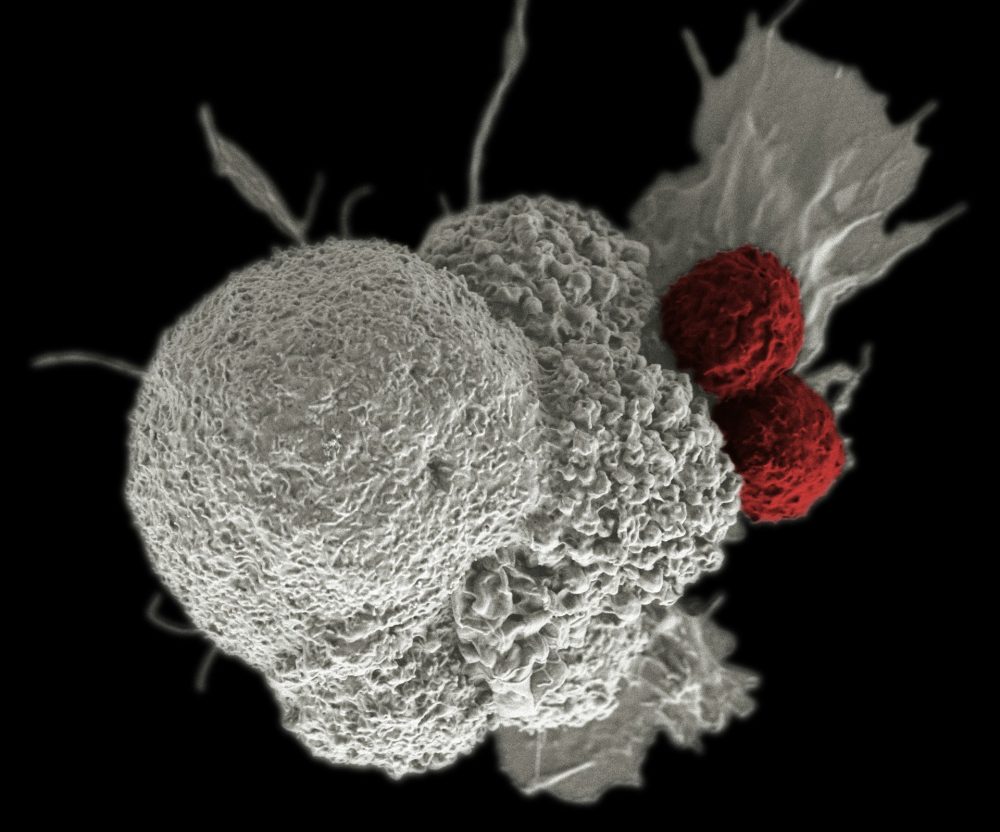
 Biotech1 week ago
Biotech1 week agoCAR-T Therapies: From Breakthrough Cancer Treatment to Faster, Safer, and More Accessible Immunotherapy
-

 Fintech3 days ago
Fintech3 days agoPakistan’s Digital Finance Paradox: Growth, Fraud, and the Fight for Trust
-

 Crowdfunding2 weeks ago
Crowdfunding2 weeks agoCommunity Energies 2026: Funding Projects Combating Youth Loneliness
-

 Cannabis1 week ago
Cannabis1 week agoMedical Cannabis in Poland 2025: Growth, Stability, and Wider Access




